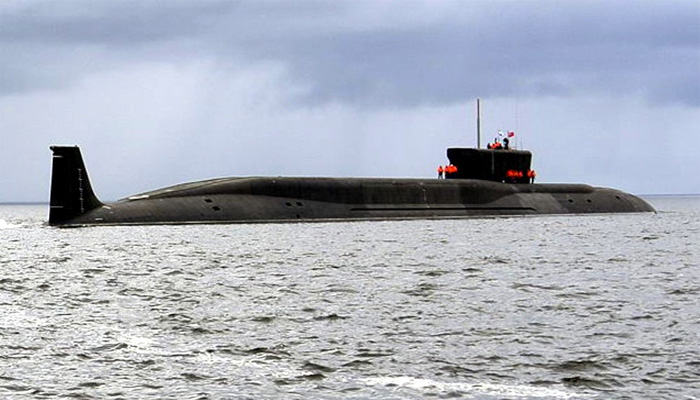We have done it, India’s first nuclear-armed submarine INS Arihant is now ready for full-fledged operations, with this India has become the world’s sixth country after the US, Russia, France, the UK and China to indigenously Design, Develop and Build a ballistic missile submarines (SSBN). Such a project should make every Indian proud because developing a SSBN is no piece of cake and reflects the technological and industrial might of a nation. With the successful operationalization of vessel & Induction in the Navy only a formality India has successfully completed her Nuclear Triad, i.e., the delivery of a strategic nuclear arsenal by Air, Sea and Land. Of the three legs of the triad, the SLBMs (Submarine Launched Ballistic Missile) are considered the most important because nuclear-powered ballistic missile submarines aka SSBN are the hardest to destroy. A SSBN Strengthens the deterrence factor which Nuclear weapons provide, because submarines, especially nuclear submarines, are very hard to detect and destroy as compared to their Air and Land-based counterparts.
INS Arihant is a shiny example of what happens when the end user (Indian Navy), developer (DRDO), builder (Shipbuilding Centre) and the supplier (Many Public & Private Industries) take control of a project and get involved in a project form the very beginning. The Army and Air force which are struggling with similar projects (Tejas and Arjun Tank) can learn from the example set by Navy.
Quoting a DNA report in 2009 “India’s private sector helped out the $2.9-billion project in significant ways. The hull of INS Arihant was built by L&T‘s Hazira shipbuilding facility, Tata Power built the control systems for the SSBN, while the systems for the steam turbine integrated with the reactor are supplied by Walchandnagar Industries.” According to Ashok Parthasarthi, former science and technology adviser to the late Prime Minister Indira Gandhi,“India’s first indigenous nuclear submarine, INS Arihant would have been impossible to realise without Russia’s massive all-round consultancy, technology transfer, technical services and training, technical ‘know-how’ and ‘show-how,’ design of the submarine as a whole, and above all numerous operational ‘tips’ based on 50 years of experience in designing, building and operating nuclear submarines.”
The ATV project was launched as long ago as 1974 in the wake of the India-Pakistan war in 1971 when the US nuclear submarine, the USS Enterprise, sneaked into the Indian Ocean and the Soviets sent in one of their own to warn the Americans. The then prime minister Indira Gandhi was said to have been considerably impressed by the power of the nuclear submarine to change the course of a war, and ordered the beginning of the ATV project in 1974. Subsequent governments from Rajiv Gandhi to Manmohan Singh extended their full support to the project cutting across political lines.
INS Arihant has four vertical launch tubes and will be capable of carrying all types of missiles and will have underwater ballistic missile launch capability.
It will carry 12 K-15 SLBMs that can be launched even under ice caps. Tested in 2008, the K-15 missiles are 10.4m long and have a diameter of 1m. The 6.3t missiles can carry a 5t nuclear warhead targeted 750km away. The K-15 missiles, however, will be replaced later by the 3,500km range K-X missiles. Apart from the K-15s, the submarine will carry a range of anti-ship and land-attack cruise missiles and torpedoes including the far more lethal K-4 which has a longer range of 3,500 km (2,200 mi) and has commenced trials.
INS Arihant is fitted with a combination of two sonar systems – Ushus and Panchendriya, both of which are designed, developed and made in India. Ushus is state-of-the-art sonar meant for detecting and tracking enemy submarines, surface vessels, and torpedoes and can be used for underwater communication and avoiding obstacles. Panchendriya is a unified submarine sonar and tactical control system, which includes all types of sonar (passive, surveillance, ranging, intercept and active). It also features an underwater communications system.The submarine will be powered by an 83-MW uranium reactor, developed by the Bhabha Atomic Research Centre (BARC) with generous support from Russia.
